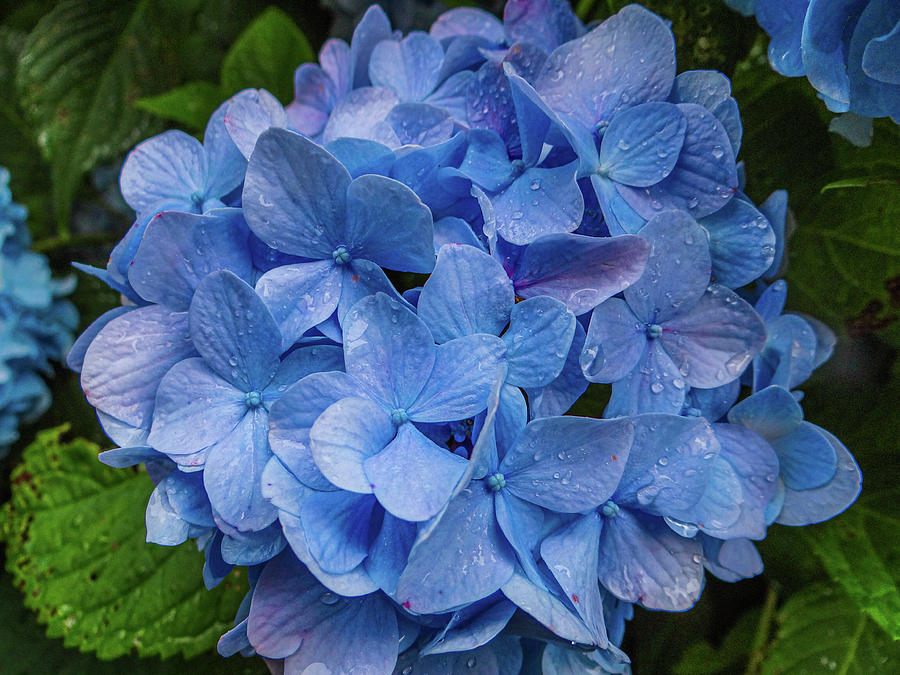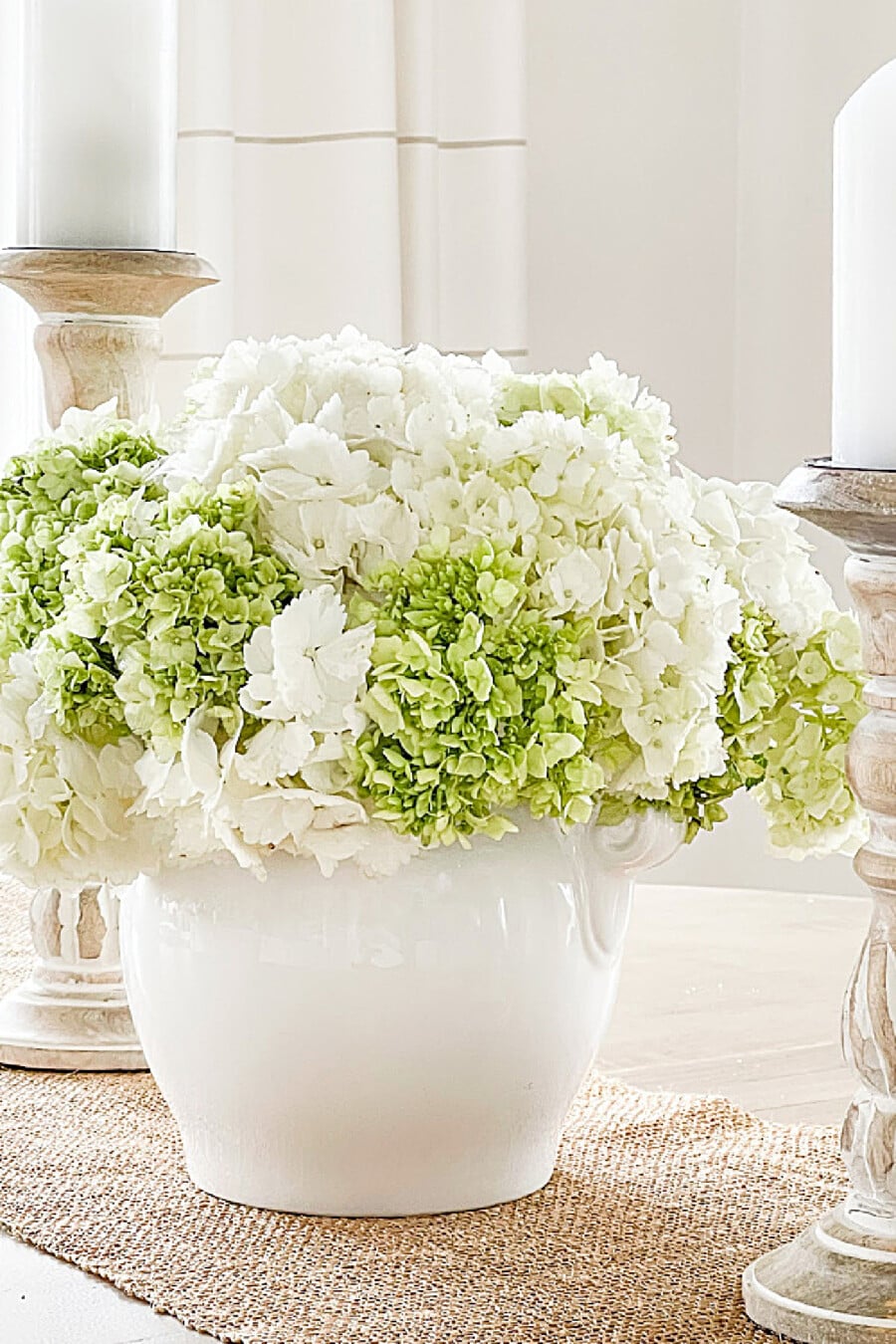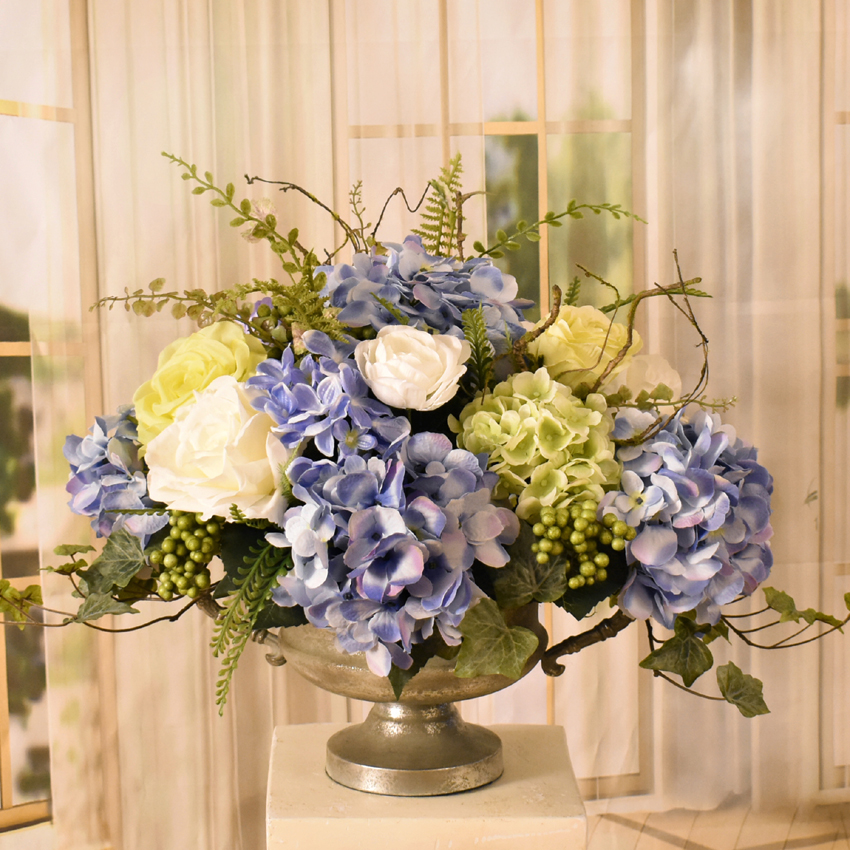How To Grow Blue Hydrangeas That Will
How to Grow Blue Hydrangeas That Will
Introduction
Hydrangeas are one of the most popular flowering shrubs in the world, and for good reason. They come in a wide variety of colors, from white to pink to blue, and they can be grown in a variety of climates. But if you're looking to grow blue hydrangeas, there are a few things you need to know.
The color of hydrangea flowers is determined by the acidity of the soil. In alkaline soil, hydrangeas will bloom pink. In acidic soil, they will bloom blue. So, if you want blue hydrangeas, you need to make sure your soil is acidic.
There are a few ways to do this. You can add aluminum sulfate to the soil, or you can plant your hydrangeas in a bed of pine needles or other acidic mulch. You can also test the pH of your soil with a soil test kit.
Once you've got your soil acidic, you're ready to start growing blue hydrangeas. Here are a few tips:
- Choose a sunny spot for your hydrangeas. They will tolerate some shade, but they will bloom best in full sun.
- Water your hydrangeas regularly, especially during hot, dry weather.
- Fertilize your hydrangeas in the spring with a fertilizer that is high in phosphorus.
- Deadhead your hydrangeas regularly to encourage new blooms.
With a little care, you can easily grow beautiful blue hydrangeas in your garden.
Main Content
Choosing the Right Soil
The pH of your soil is one of the most important factors in determining the color of your hydrangeas. In alkaline soil, hydrangeas will bloom pink. In acidic soil, they will bloom blue.
The ideal pH for blue hydrangeas is between 5.2 and 5.5. If your soil is more alkaline than this, you can add aluminum sulfate to lower the pH. Aluminum sulfate is a naturally occurring mineral that can be found at most garden centers.
To add aluminum sulfate to your soil, simply mix 1/4 ounce of aluminum sulfate with 1 gallon of water. Pour the solution around the base of your hydrangeas, and water it in well.
You can also test the pH of your soil with a soil test kit. Soil test kits are available at most garden centers.
Planting Blue Hydrangeas
Once you've got your soil acidic, you're ready to plant your blue hydrangeas. Blue hydrangeas prefer full sun, but they will tolerate some shade. They also need well-drained soil.
When planting your blue hydrangeas, dig a hole that is twice as wide and as deep as the root ball. Place the hydrangea in the hole, and backfill with soil. Water the hydrangea well, and mulch around the base.
Caring for Blue Hydrangeas
Blue hydrangeas are relatively easy to care for. They need regular watering, especially during hot, dry weather. You should also fertilize your hydrangeas in the spring with a fertilizer that is high in phosphorus.
To deadhead your hydrangeas, simply remove the spent blooms. This will encourage new blooms to form.
Troubleshooting
If your blue hydrangeas are not blooming, there are a few possible reasons. One possibility is that the soil is not acidic enough. Another possibility is that the hydrangeas are not getting enough sunlight.
If you're not sure what's wrong with your blue hydrangeas, consult with a local nursery or garden center.
Conclusion
With a little care, you can easily grow beautiful blue hydrangeas in your garden. Just remember to choose the right soil, plant them in a sunny spot, and water and fertilize them regularly. And if you have any problems, don't hesitate to ask for help from a local nursery or garden center.
Blue hydrangeas are a beautiful and popular garden plant. Their large, cascading blooms can be a stunning addition to any landscape. But did you know that the color of blue hydrangeas can actually be controlled by the pH of the soil?
In acidic soil, blue hydrangeas will produce deep blue blooms. In alkaline soil, they will turn pink or even red. So, if you're looking for a way to get the most vibrant blue blooms from your hydrangeas, you'll need to make sure that your soil is acidic.
There are a few ways to do this. You can add sulfur to the soil, or you can plant your hydrangeas in a bed of peat moss. You can also try using an acidifying fertilizer.
If you're not sure how to test the pH of your soil, or if you're not sure how to acidify it, you can visit . This website has a wealth of information about blue hydrangeas, including how to grow them, how to care for them, and how to get the most vibrant blue blooms.
FAQ of blue hydrangea
1. Why are my hydrangeas not blue?
The color of hydrangea flowers is determined by the acidity of the soil. In acidic soil, hydrangeas will bloom blue. In alkaline soil, they will bloom pink or red. If your hydrangeas are not blue, you can try to adjust the acidity of the soil. You can do this by adding elemental sulfur or aluminum sulfate to the soil.
2. How do I make my hydrangeas bluer?
There are a few things you can do to make your hydrangeas bluer. First, make sure that the soil is acidic. You can test the pH of the soil with a pH testing kit. If the pH is below 6.0, you do not need to do anything else. If the pH is above 6.0, you can add elemental sulfur or aluminum sulfate to the soil.
Second, water your hydrangeas with rainwater or distilled water. Tap water can contain minerals that can make the soil alkaline.
Third, avoid fertilizing your hydrangeas with high-nitrogen fertilizer. Nitrogen can make the soil alkaline.
3. What kind of blue is hydrangea?
The color of hydrangea flowers can vary depending on the variety of hydrangea, the acidity of the soil, and the amount of sunlight the plant receives. However, in general, hydrangea flowers can be a variety of blues, including light blue, dark blue, lavender, and purple.
4. How do I care for blue hydrangeas?
Blue hydrangeas are relatively easy to care for. They need full sun to partial shade and well-drained soil. They should be watered regularly, especially during hot, dry weather. Blue hydrangeas also benefit from being fertilized in the spring and fall.
5. What are some common pests and diseases of blue hydrangeas?
The most common pests of blue hydrangeas are aphids, scale, and Japanese beetles. The most common diseases of blue hydrangeas are leaf spot, powdery mildew, and root rot. If you notice any pests or diseases on your blue hydrangeas, you can treat them with insecticidal soap, neem oil, or a fungicide.
Image of blue hydrangea
5 different images of "blue hydrangea" from Pinterest:
- A close-up of a single blue hydrangea bloom. The petals are a deep blue color with a hint of purple. The center of the bloom is a darker blue.

- A cluster of blue hydrangea blooms in a vase. The blooms are a variety of shades of blue, from light blue to dark blue. The vase is a simple white vase that allows the beauty of the blooms to shine.

- A field of blue hydrangeas in bloom. The hydrangeas are in full bloom and the field is a sea of blue. The flowers are so numerous that they almost look like they are painted on the landscape.
- A blue hydrangea bush in full bloom. The bush is covered in blue hydrangea blooms. The blooms are a variety of shades of blue, from light blue to dark blue. The bush is in a sunny spot and the blooms are thriving.

- A blue hydrangea flower arrangement. The arrangement features a variety of blue hydrangea blooms, as well as other blue flowers, such as delphiniums and agapanthus. The arrangement is in a blue vase and is perfect for a summer wedding or party.


Post a Comment for "How To Grow Blue Hydrangeas That Will"